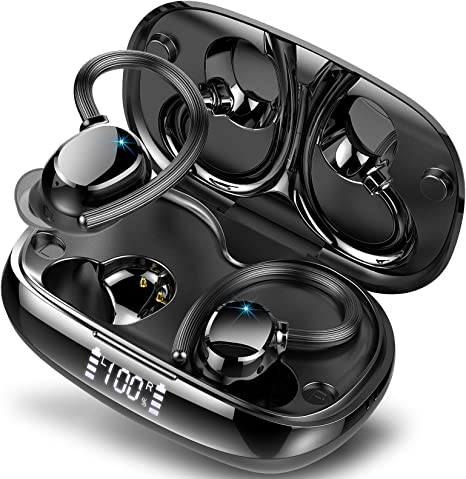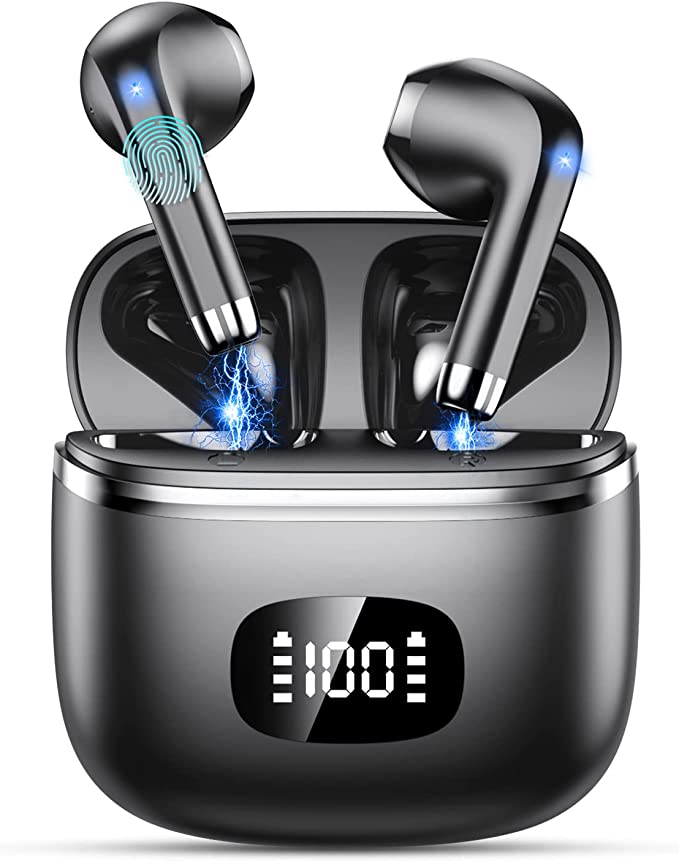Alkadrops Water Ionizer: Elevate Your Health with the Power of Alkaline Water
Update on June 10, 2025, 6:07 a.m.
Beyond the Hype: The Real Science of Water Ionizers
For centuries, humanity has been captivated by the idea of healing waters. Ancient Romans flocked to the steaming, mineral-rich springs of Bath, England, believing they held divine restorative powers. They sought cures not in medicine, but in the water itself. This deep-seated belief in water’s potential for more than just hydration has trickled down through history, arriving today in a sleek, countertop box that sits next to our coffee maker: the water ionizer.
Devices like the Alkadrops Water Ionizer promise to transform ordinary tap water into something extraordinary. They offer a menu of options—alkaline, acidic, purified—each with a purported purpose. But have we truly managed to bottle the magic of ancient springs in a kitchen appliance? Or have we simply found a new, high-tech way to tell an old story? To answer that, we must ignore the marketing, put on our lab coats, and follow the water on its journey through the machine, exploring the elegant science and inconvenient truths within.

The Trusty Gatekeeper: Filtration First
Before any electronic wizardry begins, the water entering an ionizer first meets a quiet, unassuming hero: the activated carbon filter. This is the device’s first and arguably most important job, and it’s based on robust, century-old science.
Think of an activated carbon filter as a microscopic labyrinth with an immense surface area. A single gram can have the porous internal area of a football field. As tap water flows through, this labyrinth acts as a highly effective trap. The process, known as adsorption, snags a host of unwanted passengers. Chlorine, the chemical that gives tap water its distinct swimming-pool aroma, is readily captured, dramatically improving taste. So are many organic compounds and other particles that can cause odors or cloudiness.
This step is not controversial; it is a globally recognized standard for water purification. The Alkadrops machine’s 8000-liter filter provides a foundation of clean, palatable water. It’s a crucial starting point, because you can only modify what’s left after you’ve taken the impurities out. But it’s what happens next that defines the ionizer.

The Spark of Creation: A Ballet of Electrons and Ions
Once filtered, the water flows into the heart of the machine: the electrolysis chamber. Here, a process that is both elegantly simple in principle and complex in execution unfolds. It is a carefully choreographed chemical ballet, powered by electricity.
The stars of this show are a series of plates, typically made of the highly durable metal titanium and coated with platinum, a precious metal prized for its exceptional ability to catalyze chemical reactions without being consumed. In the Alkadrops unit, there are seven of these plates. They are separated by a special, semi-permeable barrier called an ion-exchange membrane.
When you press a button, an electric current is sent across these plates. This current does something remarkable: it splits the water molecules (H₂O). Water, as we know, is composed of hydrogen and oxygen, but more specifically, it exists in a slight equilibrium of water molecules, positively charged hydrogen ions (H⁺), and negatively charged hydroxide ions (OH⁻). Electrolysis dramatically accelerates this separation.
- At the cathode (the negative plate), positive ions are attracted. This area becomes a hub for hydroxide ions (OH⁻), making the water in its vicinity alkaline.
- At the anode (the positive plate), negative ions are attracted. This zone becomes concentrated with hydrogen ions (H⁺), making the water here acidic.
The ion-exchange membrane is the ballet’s brilliant choreographer. It acts like a selective gatekeeper, allowing only certain ions to pass through, which prevents the two newly separated streams from immediately mixing back together and neutralizing each other. The machine then directs these two distinct types of water out of separate spouts. This entire process is what gives the machine its ability to produce water across a wide pH spectrum, from a tart 3.5 to a slippery 10.5.
Two key metrics appear on the device’s screen to describe this newly altered water: pH and ORP.
De-coding pH: You remember this from school. The pH scale is a measure of acidity or alkalinity, ranging from 0 to 14. Seven is neutral. Anything below is acidic; anything above is alkaline. A water ionizer is, at its core, a pH-altering machine, giving you control over this fundamental chemical property.
Unmasking ORP: This one is less familiar. ORP stands for Oxidation-Reduction Potential and is measured in millivolts (mV). The easiest way to think about it is as a measure of a substance’s eagerness to engage in an electronic tug-of-war. * A positive ORP means the substance is an oxidizing agent—it’s eager to steal electrons from other things. Think of rust forming on iron; that’s oxidation. * A negative ORP (the Alkadrops unit claims down to -500mV) means the substance is a reducing agent (or an antioxidant)—it’s eager to donate electrons.
In theory, donating electrons can neutralize aggressive, electron-stealing molecules in the environment known as free radicals. This is the scientific premise behind the antioxidant claims of ionized water. But a property in a test tube does not always translate to a benefit in the human body. And this leads us to the most contentious part of our journey.

The Trial of Alkaline Water: Science in the Witness Box
Let us now enter the courtroom of scientific inquiry. In the dock is the central claim that fuels the entire alkaline water industry: that drinking high-pH water is beneficial for your health.
The Prosecution presents its case, echoing the marketing claims. It argues that our modern diets are too acidic, and that drinking alkaline water can help “balance the body’s pH,” “detoxify,” and “fight free radicals,” leading to more energy and better health. These are compelling, attractive ideas.
Now, the Defense calls its star witness to the stand: Human Body Homeostasis. Homeostasis is the biological term for the remarkable, self-regulating systems that keep your body in a stable, constant condition. And when it comes to pH, this system is a fortress.
Your blood pH is one of the most tightly controlled values in your entire body. It is kept within an incredibly narrow range of 7.35 to 7.45. If it deviates even slightly, you are in serious medical trouble. This stability is not maintained by the water you drink, but by two powerful, tireless organs: your lungs and your kidneys.
When you drink something, it first hits the highly acidic environment of your stomach (pH 1.5-3.5). Any alkalinity in the water you drink is instantly neutralized here, long before it ever enters your bloodstream. Your stomach acid is thousands of times more acidic than the most alkaline water an ionizer can produce. And should any substance threaten to alter your blood’s pH, your body has it covered. Your kidneys will excrete excess acid or base in your urine, and you can even adjust your pH simply by breathing—exhaling carbon dioxide (an acid) faster or slower.
The scientific consensus, as reflected in guidance from major public health organizations like the World Health Organization (WHO), is that the body’s internal pH is not influenced by the pH of drinking water. Your body is the master of its own pH; it does not need, nor does it yield to, help from your kitchen tap. The claims of “balancing” your body are, from a physiological standpoint, unfounded.
The verdict? As the jury, you must weigh the evidence. On one side, we have appealing marketing claims. On the other, the fundamental, well-documented principles of human physiology.

The Forgotten Treasures: More Than Just a Drink
To dismiss water ionizers entirely based on the debunking of their primary health claim would be to miss the rest of the story. These are chemical tools, and like any tool, their usefulness depends on how you apply them. The focus on drinking alkaline water has overshadowed the other, more scientifically sound, applications for the water this technology produces.
The acidic water (low pH) generated at the anode has interesting properties. If your tap water contains chlorides (as most municipal water does), the electrolysis can produce a small amount of hypochlorous acid, a potent and safe disinfectant used in hospitals and food sanitation. This makes the acidic water a potentially useful, chemical-free surface cleaner for your kitchen counters.
Furthermore, the ability to have on-demand, filtered, neutral-pH water is a valuable benefit in itself, providing clean water for drinking, cooking, or preparing infant formula without any of the controversy associated with altered pH.
It’s also crucial to remember that these devices operate within constraints. As some user reviews of the Alkadrops unit reveal, the final pH and ORP are highly dependent on real-world factors. The mineral content of your source water (TDS, or Total Dissolved Solids) is critical—the machine needs ions to conduct electricity, so very pure or soft water will result in less effective electrolysis. Likewise, high water pressure means the water spends less time in the chamber, reducing the effect. The readings on the screen are an ideal, not always a guarantee, highlighting the gap between a controlled lab and a dynamic home environment.

From Magic Potions to Mindful Choices
We began with the Romans, seeking a magical cure in a spring. Their belief was rooted in the unknown. We, however, live in an age of accessible knowledge. We have the tools to look inside the box and understand the mechanism.
A device like the Alkadrops water ionizer is not a source of magical water. It is a competent water filter combined with a home-based electrochemistry kit. It gives you the ability to manipulate the pH of your water, a fascinating feat of engineering. Its value is not found in unsubstantiated promises to re-engineer your body’s chemistry, but in its proven filtration and its potential for practical applications, like creating a mild disinfectant or simply providing excellent purified water.
In the end, our quest should not be for a magic potion from a faucet. It should be for knowledge. The most powerful elixir for navigating the modern world of wellness is not a glass of high-pH water, but a mind armed with a healthy dose of scientific literacy and critical thinking.

















